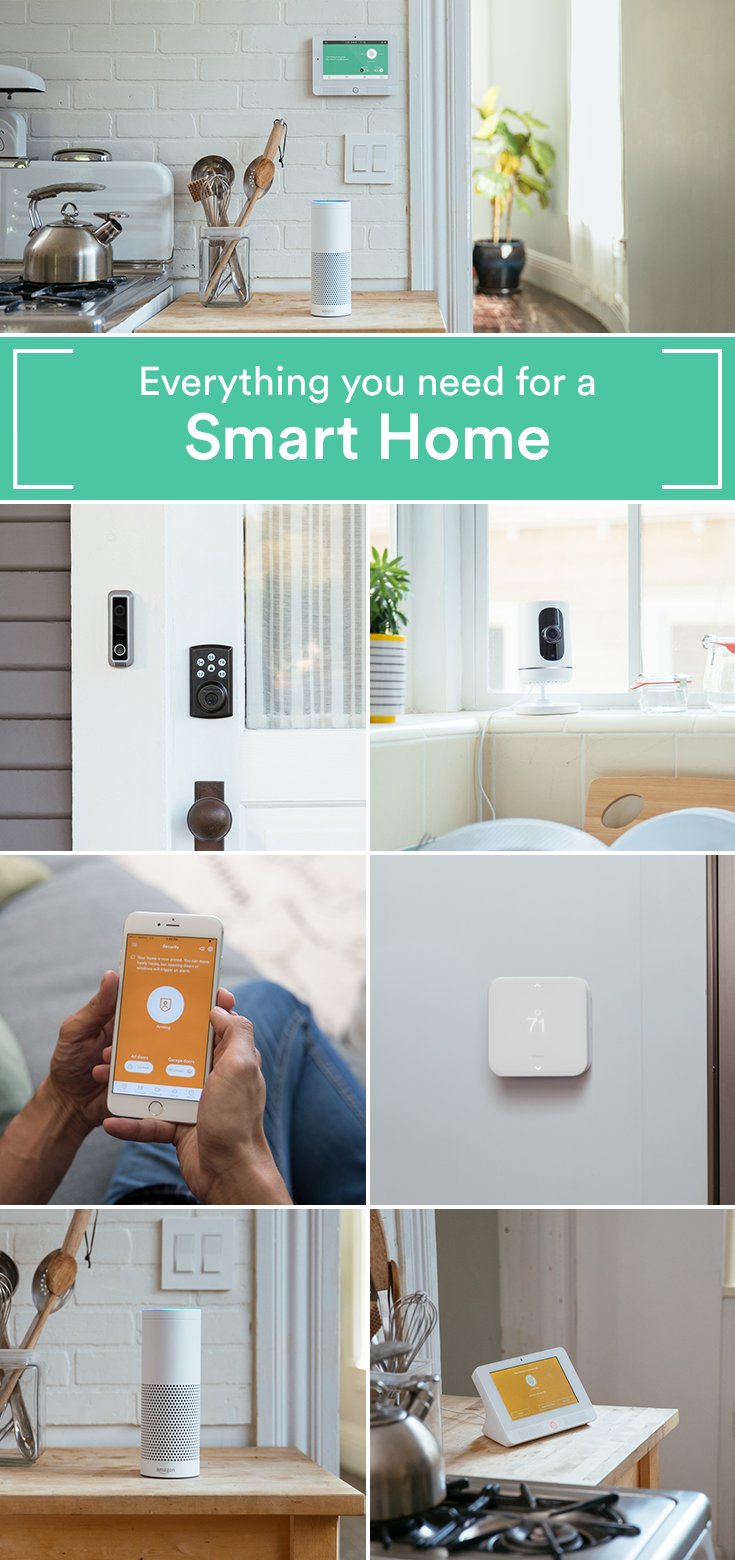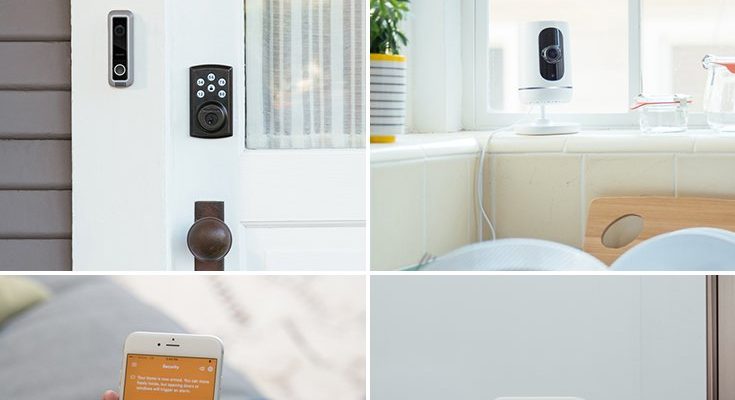
Vivint’s remotes aren’t like old-school remotes. These aren’t chunky clickers for your garage. They’re sleek fobs, usually called the Vivint Key Fob or Vivint Smart Remote, built to arm or disarm your whole security system, lock doors, even trigger panic alarms. If you’ve got a big household—or just want one on every keyring—the idea of using multiple Vivint Smart Remotes becomes pretty tempting. Let’s break down if it works, what you need to know, and what might trip you up along the way.
How Vivint Smart Remotes Work With Your Home Security System
Vivint’s system revolves around a central Smart Hub. That hub is like the brain—everything else, from sensors to remotes, connects to it. The Vivint Smart Remote (or Key Fob) uses a secure radio signal to talk directly with the Smart Hub. That means you can arm, disarm, or send out a panic alarm without fiddling with the touchscreen or app. Think of it as a shortcut in your pocket.
When you set up a new Vivint remote, there’s a syncing process. The remote has to be paired with your system, so the hub recognizes it as a trusted device. This involves pressing a sequence of buttons on both the hub and the new remote (honestly, it’s not far off from syncing a new Bluetooth speaker). Each remote is assigned a unique code, keeping things secure so no random device can control your home.
The cool part? Vivint designed their system to support more than one remote per household. The core wireless protocol can handle multiple paired devices—so, in theory, the answer to “Can you use multiple Vivint Smart Remotes in one home?” is yes. But let’s not get ahead of ourselves; a few details can make or break your setup.
Pairing Multiple Vivint Smart Remotes: Step-by-Step Process
Let me explain how adding more than one Vivint Smart Remote works. It’s not automatic, but it’s not rocket science, either. Here’s what you’d generally do:
- Start at your main Vivint Smart Hub. Tap into its settings, usually from the touchscreen panel mounted in your hallway or living room.
- Find the option for pairing new devices. Sometimes it’s labeled as “Add Key Fob” or “Add Remote.” You may need your master code for this.
- Take your new Vivint Smart Remote and press the required button sequence—often holding down a button until a light flashes.
- The hub and the remote will sync. You might hear a beep or see a message confirming the new device is connected.
- Repeat these steps for each new remote you want to add.
Here’s the thing: Vivint typically allows up to eight remotes per system, but that can change if you have a more complex setup. Each remote acts independently, so your housemate can arm the alarm while you’re still upstairs getting ready. No need to pass the remote back and forth like a TV clicker from the ’90s.
Why Use Multiple Vivint Smart Remotes In One Home?
You might be wondering if it’s really worth it to have more than one Vivint Smart Remote. There are some strong arguments in favor. For starters, families or roommates each get their own handy access. No more frantic morning searches when someone takes the only remote to work by accident.
A second big benefit is convenience. Mount one near the back door, another in your car, or just keep several on hand for visitors or house sitters. If you travel frequently—or just have the world’s most forgetful teenager—extra remotes mean less hassle.
Some folks also use multiple remotes for backup. If the battery dies in one (and hey, that always seems to happen at the worst time), someone else’s fob still works. And when you have guests, you can hand them a remote for short-term access, without messing with the main security codes. It’s a bit like giving someone a spare house key, but far more secure.
Things To Watch Out For When Using Multiple Vivint Remotes
Here’s where reality sets in. Although you can add several Vivint Smart Remotes, there’s a limit—usually eight per system. Make a checklist before you start pairing remotes left and right. Too many can clutter the system, and some older Vivint panels might support fewer.
Another thing: each remote is programmed with a unique code, but if one gets lost, you’ll need to reset or delete it from your Smart Hub. Otherwise, someone out there could have access. Always remove lost or stolen remotes from your system menu.
Also, you’ll want to replace remote batteries every year or so. The system won’t arm if a paired remote malfunctions or runs out of juice. Keep a few CR2032 batteries on hand, just in case. And remember: the remotes only work within a certain wireless range (think roughly 100–150 feet from the hub), so don’t plan on controlling your house from three doors down.
Vivint Smart Remotes vs. Universal Remotes: What’s The Difference?
You might have seen “universal remote” options online and wondered if they could work instead of branded Vivint Smart Remotes. Short answer: they won’t. Vivint’s remote uses proprietary pairing codes and security protocols that keep your home safe. Generic universal remotes (the kind you use for your TV or garage door) just won’t sync.
Vivint Smart Remotes are purpose-built. They’re tested and encrypted to work only with Vivint systems. Universal remotes are fine for entertainment centers, but when you’re dealing with home security, you really don’t want to play around with compatibility. If you want multiple remotes, stick with the official Vivint ones.
If you need alternatives, Vivint’s mobile app works as a bonus remote. You can arm or disarm from your phone—handy if you forget your fob or don’t want to buy extra remotes for everyone.
Troubleshooting Multiple Vivint Smart Remotes
Tech is great, until it isn’t. If you add several remotes and one won’t work, there are a few fixes to try:
- Check the battery: Dead or loose batteries are the
- Unpair and re-pair the remote: Sometimes the sync doesn’t finish cleanly. Remove it from the system menu, then add it back.
- Test the range: Try using the remote closer to the Smart Hub to rule out interference or distance issues.
- Update your Smart Hub: Rare, but sometimes a software update is needed for smooth syncing.
If you still run into problems, Vivint’s customer support can walk you through a reset or, worst case, send a replacement. Keep your remotes’ serial numbers handy—trust me, it saves back-and-forth time.
If adding multiple Vivint Smart Remotes isn’t working, double-check your maximum supported devices and make sure no old, unused remotes are still paired. An overloaded system can glitch.
Security Concerns With Multiple Vivint Smart Remotes
Adding more remotes does add convenience, but it’s smart to keep security top-of-mind. Each Vivint Smart Remote is a potential key to your house. If you hand them out like Halloween candy, you’re spreading access wider than you might realize.
Best practice? If someone moves out or loses a remote, immediately delete that device’s code from your system. Don’t wait—you’d lock the door if someone lost a house key, right? Vivint lets you manage paired remotes from the touchscreen or app; it takes just a minute to clean up access.
Pro tip: For extra peace of mind, set notification preferences so you’re alerted whenever a remote is used to arm or disarm the system. You’ll know who’s coming or going—even if you’re not home.
Final Thoughts on Using Multiple Vivint Smart Remotes
Honestly, having several Vivint Smart Remotes in one home just makes life smoother. Everyone gets easy access, you don’t have to worry about forgetting the only remote, and you can control things from just about anywhere inside (or right outside) your home.
Just remember to keep track of paired remotes, replace batteries regularly, and clean up access if something goes missing. Stick with Vivint-branded remotes for smooth pairing and full security. And if you ever hit a snag, troubleshooting is pretty straightforward.
The whole point of a smart home is to make things simpler and safer. When set up right, multiple Vivint Smart Remotes do exactly that.
